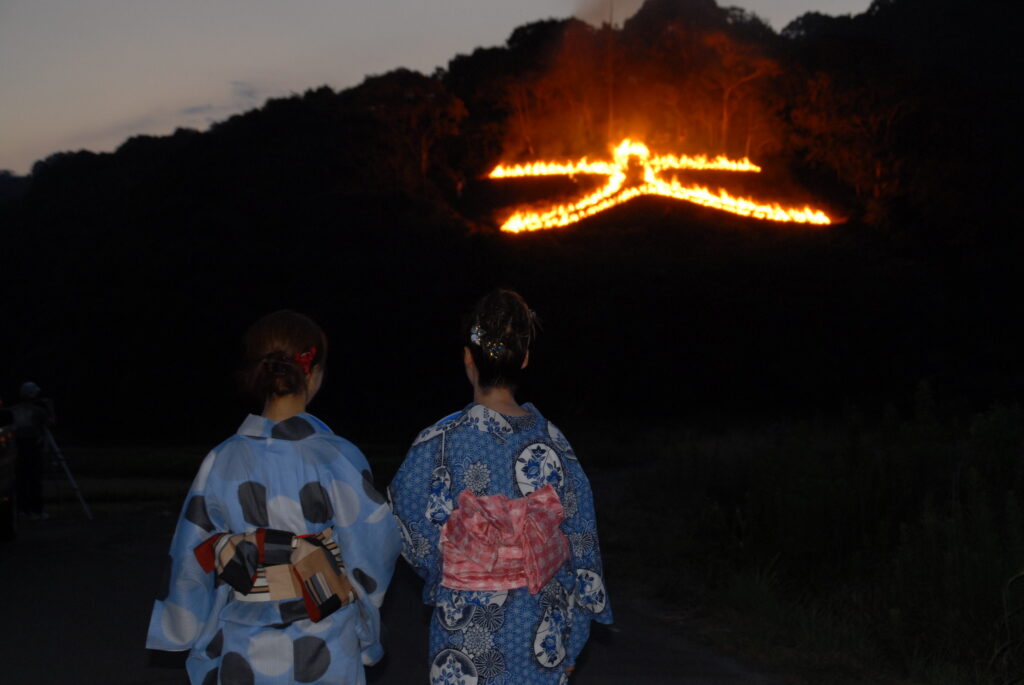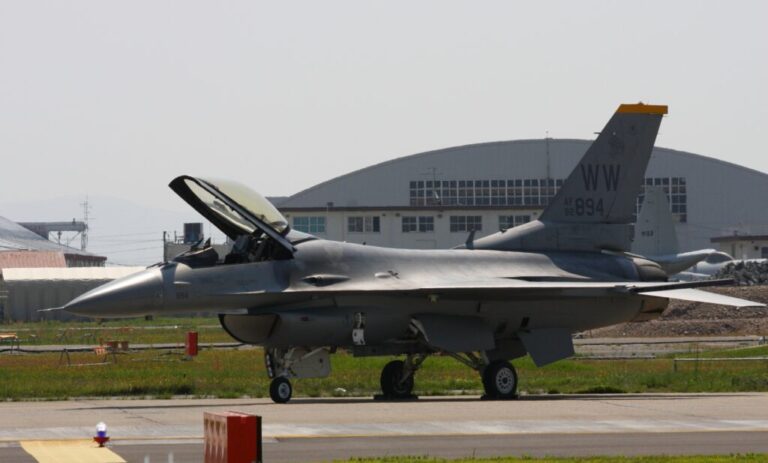As the saying goes, “Bon and New Year’s Day”, Obon is as important to the Japanese as New Year’s Day. There are various events and customs that take place during Obon. These vary from region to region, but the welcoming fire and the sending off fire are often held in some form or another.
On this page, we will introduce the welcoming fire and sending-off fire of Obon.

Click here to learn Japanese language with the best one-on-one Japanese tutoring lessons in person or online.
Contents
What are the welcoming(Okuribi) and sending-off(Mukaebi) fires during Obon?
Obon is an event to enshrine the spirits of ancestors, and although it differs from region to region, it is held mainly on the following days.
- August 15th of the new calendar (Obon of the lunar calendar)
- July 15th of the new calendar
- August 15th of the lunar calendar (Lunar Bon Festival)
Currently, Obon is usually held on August 15 of the new calendar year. During this Obon period, the spirits of ancestors are welcomed into the house and memorial services are held. The welcoming and sending-off fires are used to mark the passage of ancestral spirits between the house and their graves.
Let me give you one specific example of the welcoming and sending-off fires.
When you visit a grave, you light a fire in front of the grave. This is the welcoming fire, which you transfer to a lantern and return home, taking care not to extinguish it. The spirits of the ancestors also return home with this fire.
After returning home, the welcoming fire is transferred to the Bon Festival shelf or Buddhist altar. When Obon is over, the fire from the Buddhist altar is transferred to the lanterns, and the spirits of the ancestors are sent to their graves. After visiting the graves, we extinguish the fire and return home.
When I was a child, I used to perform these ceremonies of welcoming and sending off the spirits. I remember my grandmother telling me that my ancestors would follow me to and from the grave, and I was too scared to look behind me.
However, such welcoming and sending-off rituals would be difficult in practice unless the grave and house are close to each other. So let’s take a look at the general welcoming and sending-off rituals.

How are the welcoming and sending-off fires generally conducted?
The welcoming fire is generally held on the evening of the 13th, and the sending-off fire on the evening of the 16th or 15th. On these days, the welcoming and sending-off fires are lit in front of the house.
The actual burning is done with flammable plants such as ogara and makomo. They are sold at supermarkets, grocery stores, and flower shops during the Obon season.
In addition, it is common to use an unglazed board-like object called an “horoku” to burn these plants. However, since ogara and straw scatter when the wind blows, it is best to burn them with a slightly deeper plate or unglazed flowerpot, if available.
Although the welcoming fire and the sending-off fire are carried out in each household as described above, there are cases where it is difficult to do so. This is because in recent housing conditions, it is difficult to handle fire at apartment entrances.
In such cases, Bon Festival lanterns are lit instead of welcome and send-off fires. Nowadays, battery-powered candles and battery-powered cordless Bon Festival lanterns are available, so it is safer not to use fire.
About Bon Chochin
The first Bon Festival after a person’s death is called Shinbon (Niibon, Arabon) or Hatsubon (Hatsubon, Uibon).
In this case, plain white Bon Chochin are used.
Other welcoming and sending-off fires
There are large-scale welcoming and sending-off fires held in the region. Many of them are particularly large-scale and are sometimes called “mountain bonfires” or “ocean bonfires.
The most famous mountain bonfires are the Gozan Bonfires in Kyoto and the Koenzan Daimonji Bonfires in Nara. The most famous bonfires at sea are the Eiheiji Daitonro Nagashi in Fukui and the Seirei Nagashi in Nagasaki.
If you are going to spend a summer in Japan, you should experience the bonfires to send off and welcome home.

Conclusion
Obon is a Buddhist event held from July 13 to 15, or in August, to offer offerings to the spirits of ancestors. Since it is said that the spirits return during this time, welcoming fires are lit at the entrance of the house, lanterns are lit indoors to prevent them from getting lost, Buddhist altars are cleaned, and offerings of vegetables, fruits, and other items are laid out.
When Obon is over, the spirits are sent back to their hometowns. This is called “Seirei Sending.” A bonfire is built in front of the gate and offerings are floated into the river or the sea.
- There are various shapes and sizes of welcoming and sending-off bonfires during Obon.
- The welcoming and sending-off fires in ordinary homes are lit by burning ogara and other materials in front of the house. o If it is difficult to use fire, it is done at the entrance of the Bon Festival.
- If it is difficult to use fire, Bon lanterns are lit in place of the welcoming and sending-off fires.
Related article:










